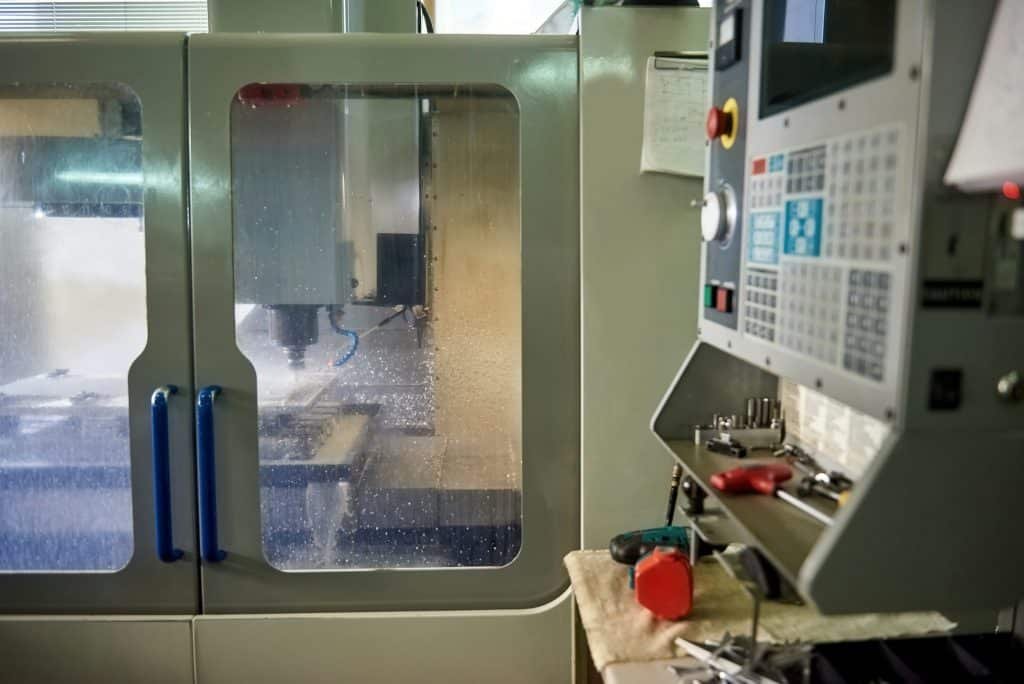Computer-Aided Design (CAD) and Computer-Aided Manufacturing (CAM) software are integral to modern CNC (Computer Numerical Control) machining processes. They bridge the gap between design and manufacturing, enabling precise and efficient production of complex parts.This shows that, Plastic injection molding It has a strong development pulse and is an indispensable source of power for the development of the industry. https://bfymold.com
1. Design and Modeling (CAD)
Conceptualization and Design: CAD software allows engineers and designers to create detailed 2D and 3D models of parts. These models serve as blueprints for CNC machines.
Precision and Accuracy: CAD provides tools to create high-quality designs, ensuring that the final product meets exact specifications. This is crucial in industries like aerospace and medical devices, where tolerances are tight.
Simulation and Analysis: Before manufacturing begins, CAD software can simulate how a part will behave under various conditions, such as stress or heat. This allows for optimization of the design before physical production.
Customization: CAD allows for easy modifications and customization of designs. This is particularly useful for producing prototypes and for industries where products must be tailored to specific needs.
Focused architect working at new project using pc doing overtime
Design and Modeling (CAD)
2. Manufacturing Process Planning (CAM)
Toolpath Generation: CAM software translates CAD designs into toolpaths that CNC machines follow. These toolpaths are optimized for efficiency, minimizing material waste and machining time.
Machining Parameters: CAM software allows engineers to specify machining parameters such as cutting speed, feed rate, and tool type. This customization ensures that the CNC machine operates efficiently and within the material¨s tolerances.
Simulation: CAM software can simulate the machining process, allowing operators to identify and correct potential issues such as tool collisions or inefficiencies in the toolpath. This reduces errors and increases the quality of the final product.
Post-Processing: CAM software generates G-code, the language used by CNC machines. This code contains instructions to machine the part, including movements, tool changes, and speed adjustments.
3. Integration of CAD and CAM
Seamless Workflow: Modern CAD/CAM systems are often integrated, allowing for a seamless transition from design to manufacturing. Changes in the CAD model are automatically reflected in the CAM toolpaths, ensuring consistency and reducing the risk of errors.
Data Management: Integrated systems facilitate better data management, as all design and manufacturing data are stored within a single platform. This ensures version control and makes it easier to track changes throughout the design and manufacturing process.